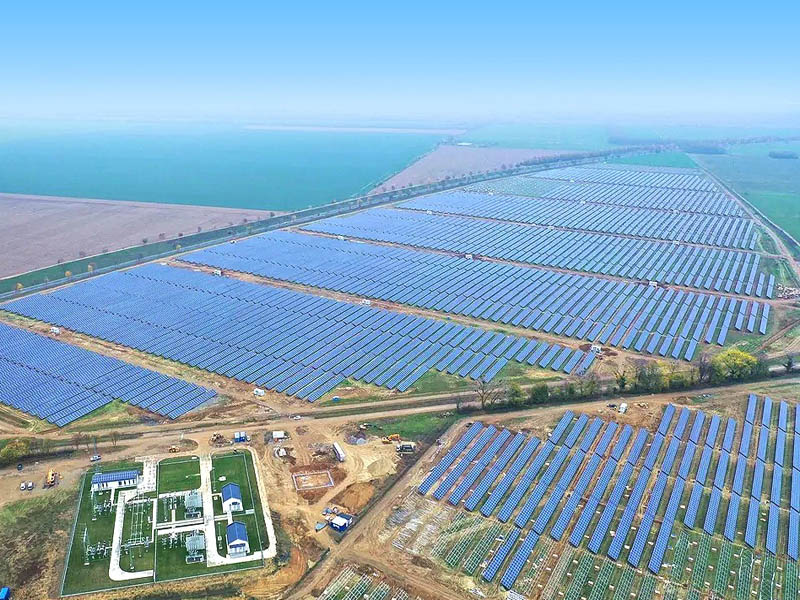Solar parks can have both positive and negative impacts on biodiversity. On one hand, solar parks can provide habitat for certain species, especially if the land was previously degraded or unused. The installation of solar panels can create shaded areas that can support plant growth and provide shelter for small animals.
On the other hand, the construction of solar energy plants can result in habitat loss and fragmentation, especially if they are built in ecologically sensitive areas. The clearing of land and installation of infrastructure can disrupt local ecosystems and displace native species. Additionally, the use of chemicals for panel cleaning and maintenance can have adverse effects on surrounding wildlife.
To mitigate these negative impacts, it is important to carefully plan and design solar parks to minimize habitat disturbance. This can include incorporating native vegetation, creating wildlife corridors, and implementing measures to reduce chemical usage. Additionally, monitoring and research should be conducted to assess the long-term effects of solar parks on biodiversity.
Overall, while solar power plant have the potential to support biodiversity, careful planning and management are necessary to ensure their positive impact outweighs any negative effects. Cowell will offer a turkey project for you. We are committed to get the renewable energy.


 M-F 9AM to 6PM
M-F 9AM to 6PM  admin@cowellxm.com
admin@cowellxm.com
 326, No.580 Jiahe Road, Huli District, Xiamen City,Fujian Province, China.
326, No.580 Jiahe Road, Huli District, Xiamen City,Fujian Province, China.




